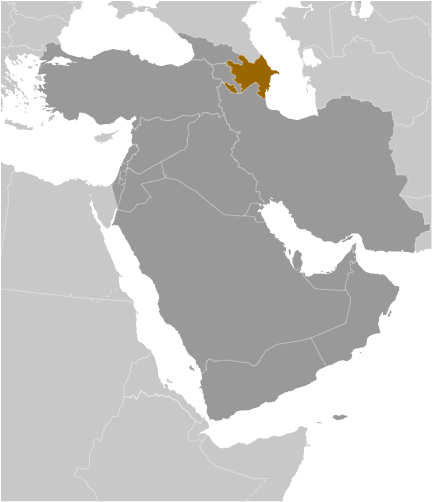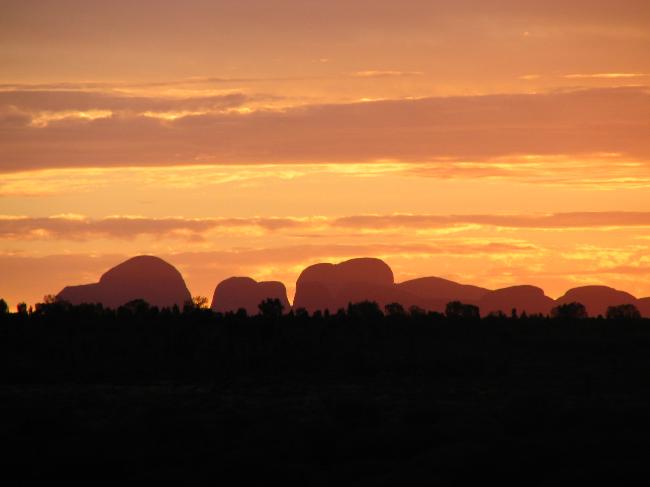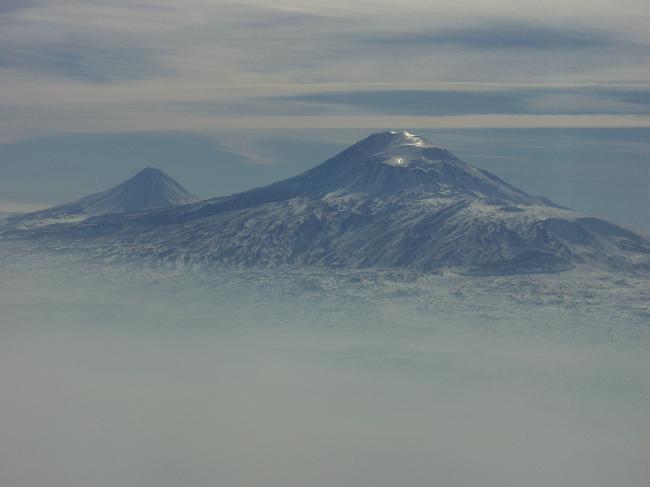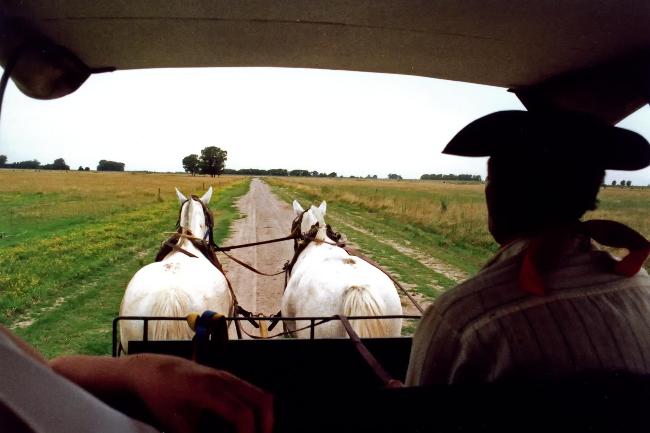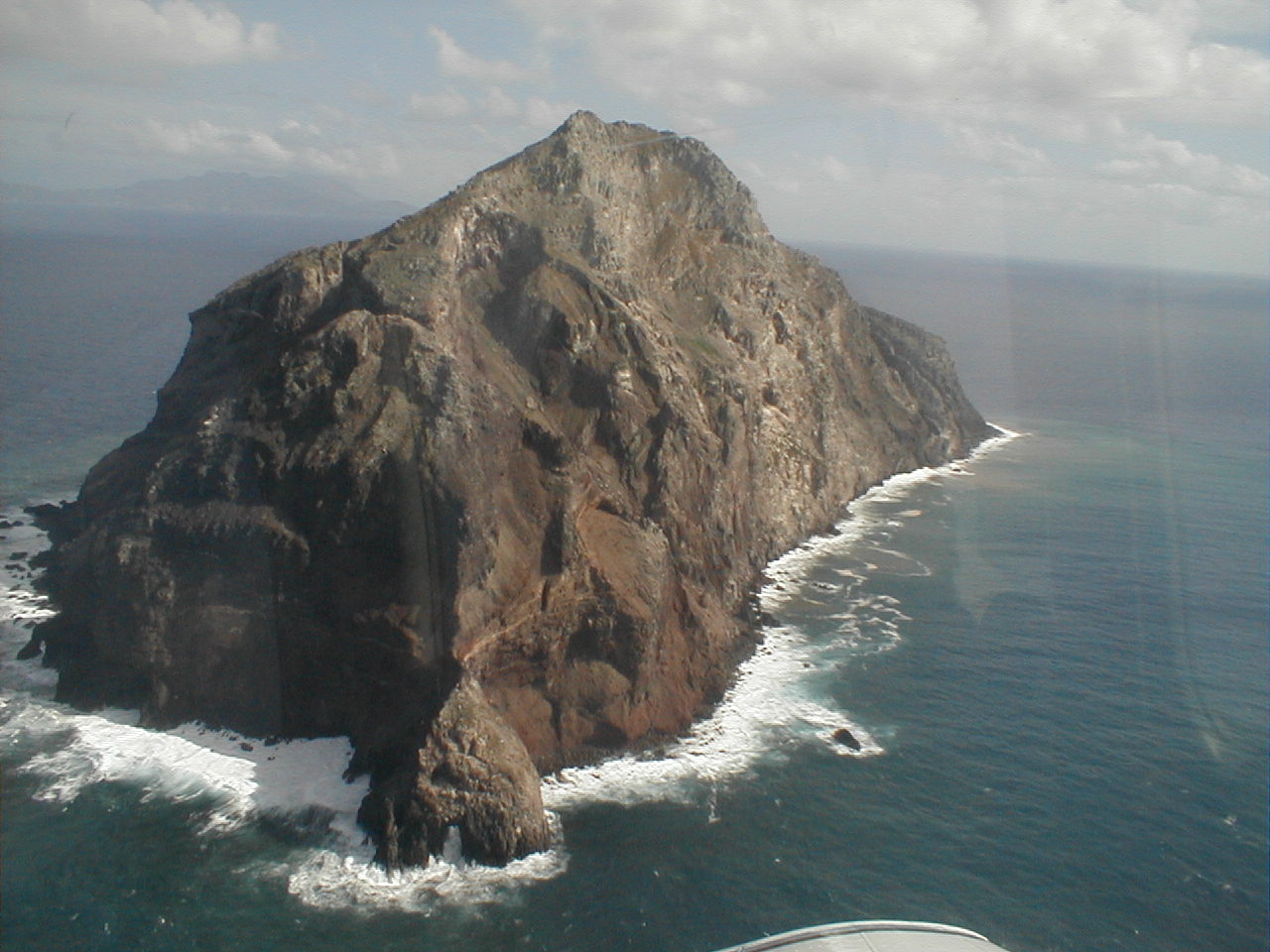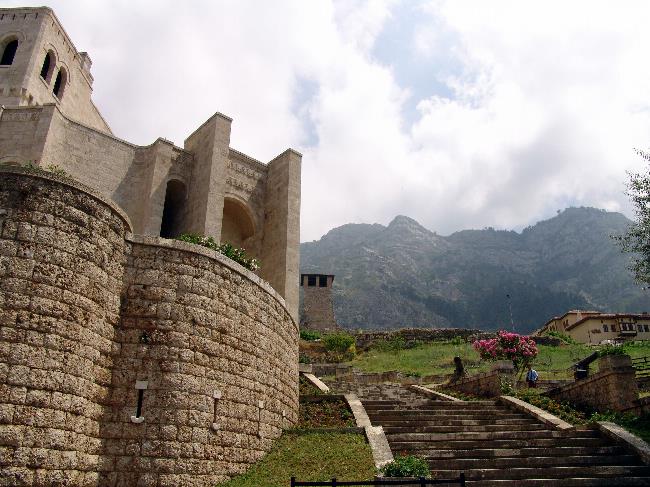About the Food of the Bahamas
Remember this part of Forrest Gump? Well, in the Bahamas, seafood comes any (and every) which way you want it. The most popular seafood treats are the giant, snail-like conch, crayfish, shrimp, and the clawless spiny lobster. Take conch, for example. Typical food shacks keep live conch on hand, cleaning them for each order. Most menus offer boiled conch, crack conch (deep-fried), grilled conch, and steamed conch. Some customers eat the sweet mollusk raw while others prefer it cooked. The creamy white flesh can be tossed with fresh lime juice, laid on a salad, layered in a sandwich, made into a grilled patty for a burger, or floated in a brothy soup. And in case you were hankering for fish for breakfast, you’re in business. Locals eat seafood for breakfast, lunch and dinner. Bubba Gump would be impressed. Not a fish person? There are plenty of other great foods from the Bahamas, many of which are also loved in the US south. Grits and johnnycakes are popular side dishes. Another side dish, Peas n’ Rice is …
Read More

